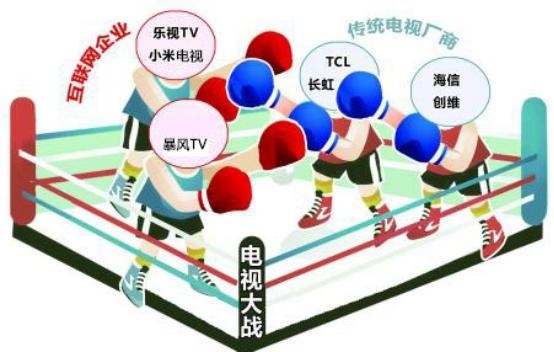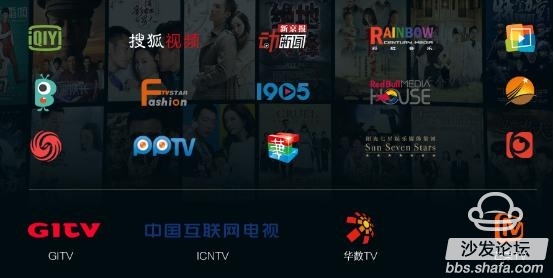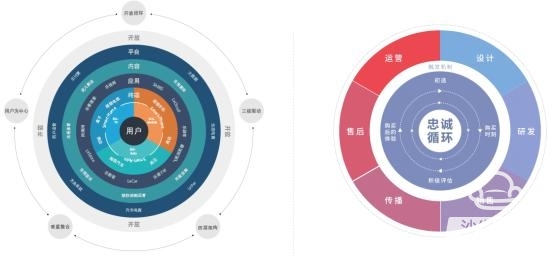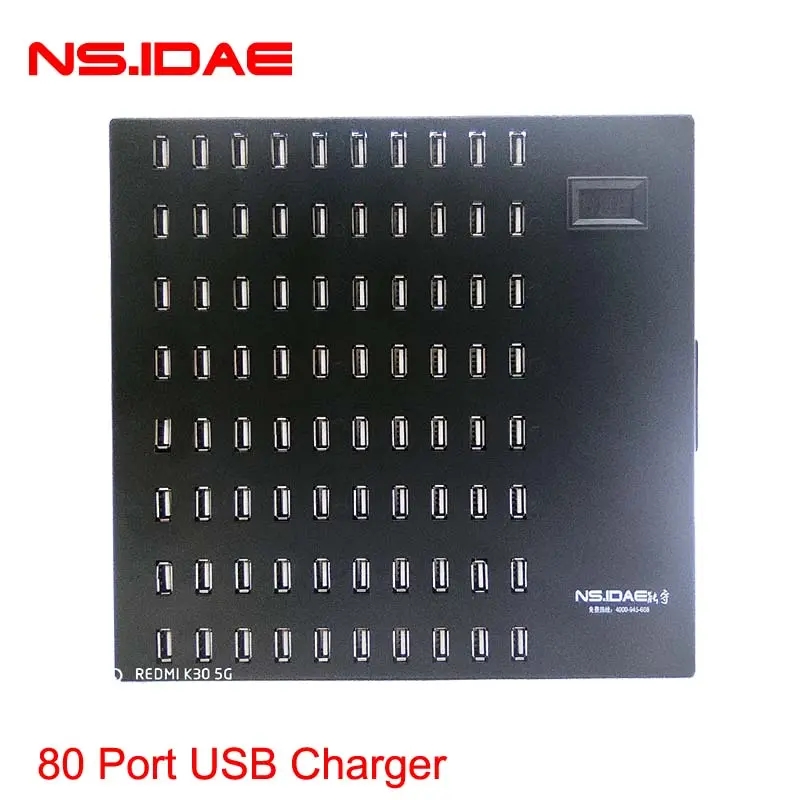The Internet TV industry has risen in the past two years. It is also borrowing the spring breeze of the Internet, which has brought tremendous impact to the traditional TV industry and brought much thought to the industry. Millet and LeTV, as early entry players of Internet TV, have certain advantages, and new brands such as storms and micro-whales have very good results. Different from the traditional TV industry, the Internet TV industry not only has an advantage in product prices, but also more in content and service. Internet TV manufacturers are actively building a content ecology strategy, hoping to increase the product's attractiveness through content and attract consumers' attention. Levision, Xiaomi, Storm and other brand manufacturers have created their own content ecological model, then what are the differences between them and what are the differences in the advantages of various aspects? One by one analysis can be done here. This analysis is mainly focused on five dimensions: ecological model innovation, content and own content, industry influence and user experience.

1. Xiaomi: Hardware + Smart Home + Content Cooperation
Mode Innovation: ★★★★
Content coverage: ★★★★
Own content: ★
Industry impact: ★★★
User Experience:★★
Xiaomi itself is famous for its hardware. Under the hood of Internet thinking, products are made with hardware specification parameters as the marketing style and selling point. While TV industry's consumers are not very sensitive to hardware parameters, Xiaomi is exactly the same. In practice, the specifications of the product's hardware are relatively high.
Xiaomi's content ecology is mainly connected to Xiaomi's smart home using its own hardware, which is connected to other Xiaomi hardware through MIUI's smart home APP. There is no content basis for millet TV content itself, so multiple parties are integrated into television. From the standpoint of mode alone, Xiaomi's practice is very conventional, after all, his content is not something that will be able to be made at one and a half. However, the integration of Xiaomi's multi-party cooperation model is not enough. These can be seen from the need to jump through the movies and the mutual disagreement between different platforms. Account members can be seen from the status quo. However, this “spreading the net†method can be integrated into a large amount of content resources. If you spend money to buy all the platform members and paid videos, there are still many things you can read (not every consumer is a local tyrant). . Excessive paid content is also a typical example of wool on sheep. Xiaomi makes up for its shortcomings by investing in content, but the money has to be part of the consumer and must also look at various advertisements.

2. LeTV: Open Closed Loop Ecology
Mode Innovation: ★★★
Content coverage: ★★★
Own content: ★★★★
Industry impact: ★★★
User Experience:★★
LeTV, who likes to create words and engage in gimmicks, has its own strength. LeTV shouted a "closed-loop and closed-loop ecology" strategy on television content. It sounds very mysterious, but LeTV's explanation is: Letv create its own platform. + Content + Terminal + Application of a complete ecosystem, probably meaning that LeTV will use its own resources to do everything, such as LeTV is its own platform, LeTV investment output content, put into LeTV terminals and applications Up, consumers can enjoy LeTV's high-quality content. This is totally different from Xiaomi’s extensive cooperation model. LeTV's content model is like “painting cakesâ€. The mode of thinking and prospects are very good. However, under the complicated domestic environment, it is very difficult to achieve. Still can not let it come true, after all, the complexity of platform integration and hardware creation and content output is unimaginable, of course, does not rule out LeTV as a long-term goal, slowly it may be achieved. But the most important thing is that LeTV didn’t notice that the user’s perception of LeTV’s concept was not high, and it made the user feel no interest points. This is a serious problem. LeTV's advertising is also like Xiaomi, being spoiled by many users, and has many advertisements and long hours. At the same time as LeTV members also pay for a lot of content, LeTV's coverage of a resource is still low, LeTV's development of closed-loop ecology in the short term it is difficult for consumers to feel the benefits and benefits it brings.

3, Storm TV: Super body three ecology
Mode Innovation: ★★★★
Content coverage: ★★★★
Own content: ★★★
Industry impact: ★★★
User Experience: ★★★
Finally, we must talk about the super body of the storm TV three ecology, this is a content strategy model released by Storm TV, Storm own flagship products for the first time to enjoy the benefits of this model - to enjoy thousands of subsidies. What is Super Body Three Ecology? The simple explanation is that through Storm TV's "DT/VR" calculation of the organic combination of ecology + content ecology + IP entertainment ecology, can continue to bring high-quality content resources for users, while being able to generate value for profit, as a new user of Storm TV Bring back the rewards of value. Storm TV's "DT + VR" computing ecosystem is a technological foundation, technology-driven change, storm TV has a large number of technical support is a rare industry in the Internet industry, like millet itself is not a lot of companies without technical foundation. The storm content ecology is through the content of its own storm video + Ophelia entertainment and love plus the content of the cooperation with iQIYI and other partners, through the storm movie and television member account to open up, to achieve the perfect ecological content. Compared with Xiaomi’s multi-platform, multi-account, and multi-member models, the user experience of Storm TV is very good. The form of an account and the viewing experience that does not require jumping are indeed extra points. Storms are also heavily invested in IP. Storm technologies and Olympic Games are all actively implementing IP strategies. According to official reports from Stormwind TV, the future will focus on their own IP advantages and make a series of products including film and television animation and games. Toys, education and other products. In the end, the winds will generate profits from the super-body and the three winds. The storm will feed back to storm users and achieve an efficient cycle of ecological models.

A careful analysis of the three eco-content strategies, taking into account the different circumstances of each model in the choice of mode, the difference is quite understandable. However, from the aspect of content quality and experience, Xiaomi and LeTV consider various advertisements and paid content to be high, causing consumers to have a lot of spit. The storm is based on the user experience, and there is a balance between content and payment. Advertising is also relatively less, after all, mandatory advertising is a disgust to consumers. It has never been seen that this mode of open cooperation between the storm and Xiaomi and multi-IP investment in cooperation will be the mainstream. LeTV will also need to struggle for several years to improve this closed-loop ecosystem, or it will always be a gimmick.

1. Xiaomi: Hardware + Smart Home + Content Cooperation
Mode Innovation: ★★★★
Content coverage: ★★★★
Own content: ★
Industry impact: ★★★
User Experience:★★
Xiaomi itself is famous for its hardware. Under the hood of Internet thinking, products are made with hardware specification parameters as the marketing style and selling point. While TV industry's consumers are not very sensitive to hardware parameters, Xiaomi is exactly the same. In practice, the specifications of the product's hardware are relatively high.
Xiaomi's content ecology is mainly connected to Xiaomi's smart home using its own hardware, which is connected to other Xiaomi hardware through MIUI's smart home APP. There is no content basis for millet TV content itself, so multiple parties are integrated into television. From the standpoint of mode alone, Xiaomi's practice is very conventional, after all, his content is not something that will be able to be made at one and a half. However, the integration of Xiaomi's multi-party cooperation model is not enough. These can be seen from the need to jump through the movies and the mutual disagreement between different platforms. Account members can be seen from the status quo. However, this “spreading the net†method can be integrated into a large amount of content resources. If you spend money to buy all the platform members and paid videos, there are still many things you can read (not every consumer is a local tyrant). . Excessive paid content is also a typical example of wool on sheep. Xiaomi makes up for its shortcomings by investing in content, but the money has to be part of the consumer and must also look at various advertisements.

2. LeTV: Open Closed Loop Ecology
Mode Innovation: ★★★
Content coverage: ★★★
Own content: ★★★★
Industry impact: ★★★
User Experience:★★
LeTV, who likes to create words and engage in gimmicks, has its own strength. LeTV shouted a "closed-loop and closed-loop ecology" strategy on television content. It sounds very mysterious, but LeTV's explanation is: Letv create its own platform. + Content + Terminal + Application of a complete ecosystem, probably meaning that LeTV will use its own resources to do everything, such as LeTV is its own platform, LeTV investment output content, put into LeTV terminals and applications Up, consumers can enjoy LeTV's high-quality content. This is totally different from Xiaomi’s extensive cooperation model. LeTV's content model is like “painting cakesâ€. The mode of thinking and prospects are very good. However, under the complicated domestic environment, it is very difficult to achieve. Still can not let it come true, after all, the complexity of platform integration and hardware creation and content output is unimaginable, of course, does not rule out LeTV as a long-term goal, slowly it may be achieved. But the most important thing is that LeTV didn’t notice that the user’s perception of LeTV’s concept was not high, and it made the user feel no interest points. This is a serious problem. LeTV's advertising is also like Xiaomi, being spoiled by many users, and has many advertisements and long hours. At the same time as LeTV members also pay for a lot of content, LeTV's coverage of a resource is still low, LeTV's development of closed-loop ecology in the short term it is difficult for consumers to feel the benefits and benefits it brings.

3, Storm TV: Super body three ecology
Mode Innovation: ★★★★
Content coverage: ★★★★
Own content: ★★★
Industry impact: ★★★
User Experience: ★★★
Finally, we must talk about the super body of the storm TV three ecology, this is a content strategy model released by Storm TV, Storm own flagship products for the first time to enjoy the benefits of this model - to enjoy thousands of subsidies. What is Super Body Three Ecology? The simple explanation is that through Storm TV's "DT/VR" calculation of the organic combination of ecology + content ecology + IP entertainment ecology, can continue to bring high-quality content resources for users, while being able to generate value for profit, as a new user of Storm TV Bring back the rewards of value. Storm TV's "DT + VR" computing ecosystem is a technological foundation, technology-driven change, storm TV has a large number of technical support is a rare industry in the Internet industry, like millet itself is not a lot of companies without technical foundation. The storm content ecology is through the content of its own storm video + Ophelia entertainment and love plus the content of the cooperation with iQIYI and other partners, through the storm movie and television member account to open up, to achieve the perfect ecological content. Compared with Xiaomi’s multi-platform, multi-account, and multi-member models, the user experience of Storm TV is very good. The form of an account and the viewing experience that does not require jumping are indeed extra points. Storms are also heavily invested in IP. Storm technologies and Olympic Games are all actively implementing IP strategies. According to official reports from Stormwind TV, the future will focus on their own IP advantages and make a series of products including film and television animation and games. Toys, education and other products. In the end, the winds will generate profits from the super-body and the three winds. The storm will feed back to storm users and achieve an efficient cycle of ecological models.

A careful analysis of the three eco-content strategies, taking into account the different circumstances of each model in the choice of mode, the difference is quite understandable. However, from the aspect of content quality and experience, Xiaomi and LeTV consider various advertisements and paid content to be high, causing consumers to have a lot of spit. The storm is based on the user experience, and there is a balance between content and payment. Advertising is also relatively less, after all, mandatory advertising is a disgust to consumers. It has never been seen that this mode of open cooperation between the storm and Xiaomi and multi-IP investment in cooperation will be the mainstream. LeTV will also need to struggle for several years to improve this closed-loop ecosystem, or it will always be a gimmick.
80 Port USb Charging
This 80 -port USB charger: This 80 port USB charging station can quickly synchronize 80 devices to charge. This USB charging station multi -terminal charger can meet the needs of multiple people. Safe multi -end mouth charger center: This high -power fast charger has a solid aluminum metal frame to make the product long -term durable, built -in intelligent multiple security protection, can be used for over current, overvoltage, short circuit, etc. Hospital, ETC, etc.

80 Port Usb Charger,80 Port Mobile Charger,Multiple Usb Charging Station,Multi Port USB Charger
shenzhen ns-idae technology co.,ltd , https://www.szbestchargers.com
